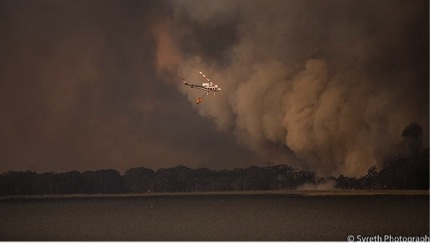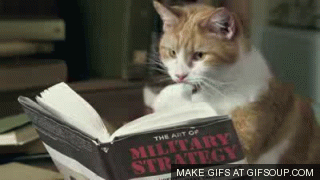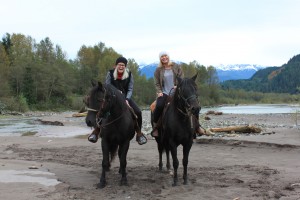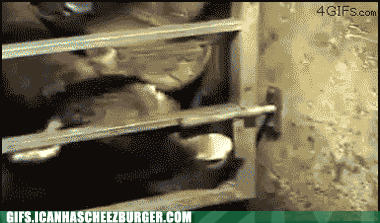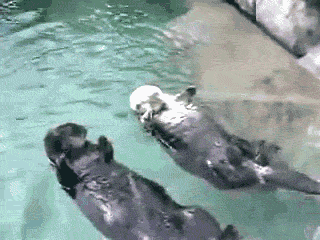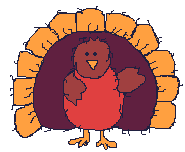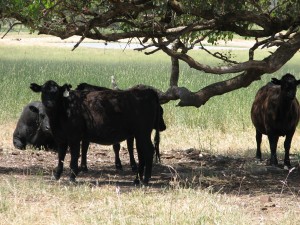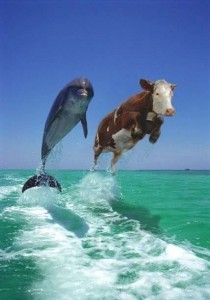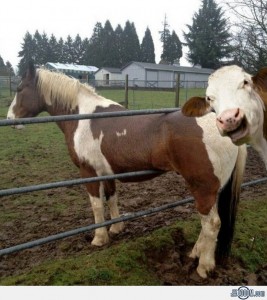This week I have dedicated my post to an unreliable enemy and a savored friend…the weather. I am going to share briefly with you the devastating events occurring at home in Australia and then bring the weather discussion back to the trading game to see how localized and global weather is affecting futures prices.
Last night, I spoke to Dad back home and heard an update on the bushfire situation (see below) and his general concern about the dry conditions on his crops. In Australia, we are in the middle of Spring, a traditionally relative warm and wet season in which plants and crops thrive. Spring rain is so important as the might of the long, dry impending Summer bears down. This October, as the fog has shrouded Vancouver for days on end, the weather in my home state has been pretty extreme. New South Wales (Australia’s most populous state and the state in which our farm is located) had the hottest September on record and days over 30 degrees Celsius in October have not been uncommon. The past few days however have been particularly cold at home bringing with it unseasonablly late frosts. The dry weather combined with this cold snap are very concerning for the current crops.
Most importantly (and tragically), NSW has been recently declared a state of emergency. Bushfires are raging across the state and are extremely widespread.
The one thing I am fortunate for is that the US reporting of the situation is completely misguided… Please note the entire country (including Tasmanian) is not on fire as shown by CNN here.
————————-
Fire (and floods) has been a central part of our national history. And excerpt from one of our most iconic Australian poems ‘My Country’ by Dorothea MacKellar (written in 1904) describes it well –
I love a sunburnt country,
A land of sweeping plains,
Of ragged mountain ranges,
Of droughts and flooding rains.
I love her far horizons,
I love her jewel-sea,
Her beauty and her terror -
The wide brown land for me!
————————-
Although unpredictable and diverse weather has been part of our national history, there has been increased attention on the rising intensity and increasing frequency of natural disasters due to the effects of climate change. The most recent fires have added fuel (mind the awful pun) to the debate. Tens of thousands of hectares (last report 91,000ha) have been destroyed and more than 70 fires are burning across a 1,600km front. More than 200 homes have been destroyed, one man has died defending his property and countless animals have perished. It is with sadness to write that between starting this blog and finishing it another man has died whilst fighting the fires when his waterbomber went down.
————————-
It is difficult to turn from this heartbreaking situation to trading, but I know I have to. I will be brief in explaining the current weather predictions, the effects on futures markets and my trading strategy. I am acutely aware that weather is one of a tonne of information inputs affecting the futures price and looking at it in isolation may be redundant, however this week I’m biting off a little in order to walk away from the trading game a little more informed than before. Baby steps, baby steps…
The weather was prominent in futures analysis this week. There was worry that cold and wet weather across the American corn belt would slow down harvest as well as pressure on the Argentinian wheat belt from drought early in the season. Ukraine and Russia had some further rain, which some hoped would improve the seeding pace. As mentioned above, Australia’s fires and winds are causing problems in some of our key wheat-producing areas.
As the week moved on, wet weather delayed Iowa and Illinois corn and soybean harvest, however USDA reports continue to confirm higher than expected crops. Tuesday saw the wheat markets move higher as Argentinian drought news hit the market.
I decided to put my money on some more Wheat futures as I expected that more news would come in during the week about the concern around wheat production due to the Australian drought conditions. Following my prediction, I brought (short) 15 September 2014 wheat futures. I had already bought some of these contracts and had earned some profit however I believe the price will rise further. This was the largest contract I had purchased in terms of quantity, however it was the last week, so why not go for it!
As at Friday 25th October, I finish the trading game in the green and my wheat futures brought this week are marginally higher!
As I close this blog and my experience in the trading game, my thoughts go out to the homeowners, animals, firefighters and volunteers battling the NSW fires. May the weather be on your side.




